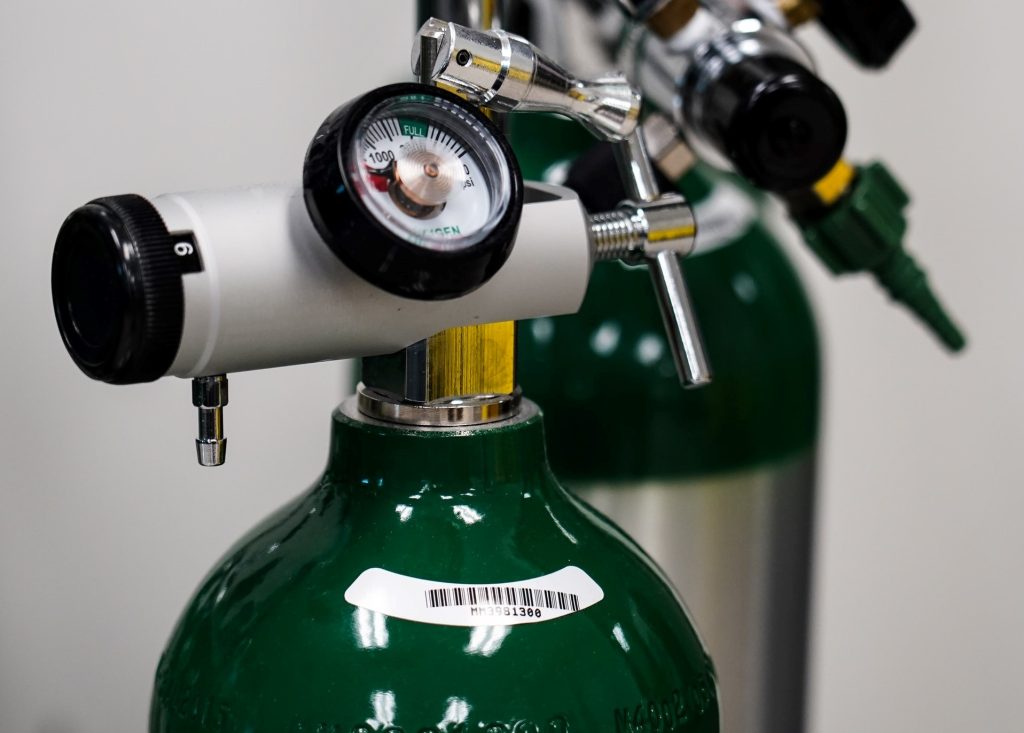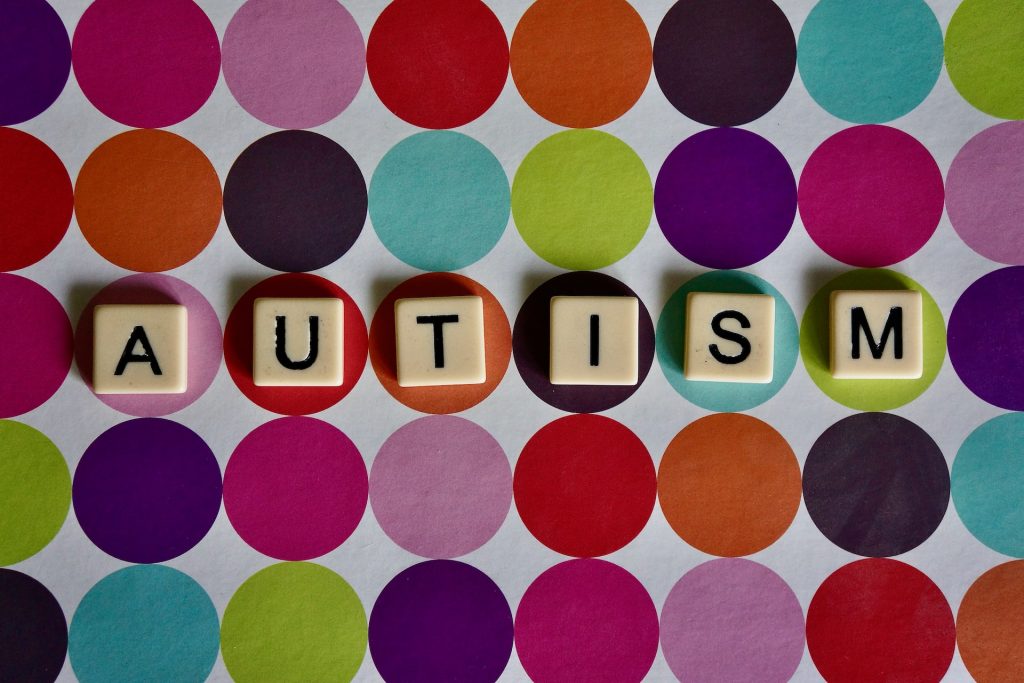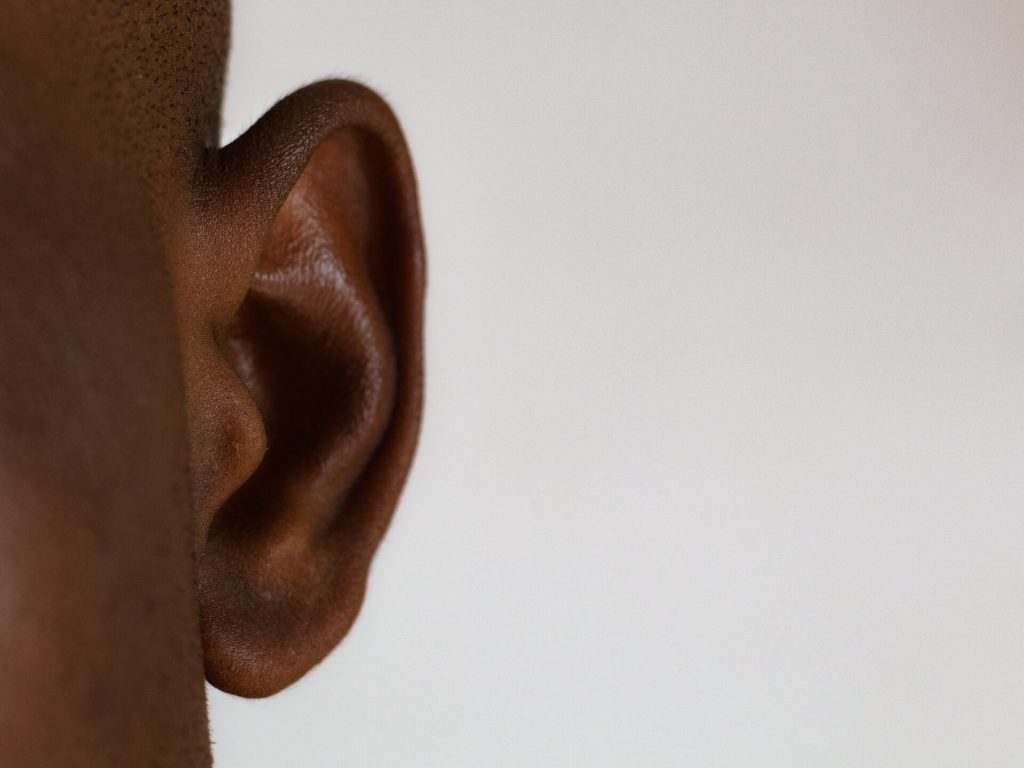Concussions don’t Lower Children’s IQs, Study Finds

The angst parents feel when their children sustain injuries is surely one of the universal conditions of parenthood. That anxiety is heightened greatly when those injuries involve concussions. But a new study led out of the University of Calgary, published today in the medical journal Pediatrics, may set worried parental minds slightly at ease.
Derived from data on emergency room visits in children’s hospitals in Canada and the US, the findings show that IQ and intelligence is not affected in a clinically meaningful way by paediatric concussions.
The study compares 566 children diagnosed with concussion to 300 with orthopaedic injuries. The children range in age from eight to 16 and they were recruited from two cohort studies. In the five Canadian hospitals that participated, patients completed IQ tests three months postinjury.
The US cohort was conducted at two children’s hospitals in Ohio, wherein patients completed IQ tests three to 18 days, postinjury.
“Obviously there’s been a lot of concern about the effects of concussion on children, and one of the biggest questions has been whether or not it affects a child’s overall intellectual functioning,” says Dr. Keith Yeates, PhD, a professor in UCalgary’s Department of Psychology and senior author of the Pediatrics paper. Yeates is a renowned expert on the outcomes of childhood brain disorders, including concussion and traumatic brain injuries.
“The data on this has been mixed and opinions have varied within the medical community,” says Yeates. “It’s hard to collect big enough samples to confirm a negative finding. The absence of a difference in IQ after concussion is harder to prove than the presence of a difference.”
Combining the Canadian and U.S. cohorts gave the Pediatrics study an abundant sample and it allowed Yeates and his co-authors to test patients with a wide range of demographics and clinical characteristics.
“We looked at socioeconomic status, patient sex, severity of injuries, concussion history, and whether there was a loss of consciousness at the time of injury,” says Yeates. “None of these factors made a difference. Across the board, concussion was not associated with lower IQ.”
The children with concussion were compared to children with orthopaedic injuries other than concussion to control for other factors that that might affect IQ, such as demographic background and the experience of trauma and pain. This allowed the researchers to determine whether the children’s IQs were different than what would be expected minus the concussion.
The findings of the study are important to share with parents, says Dr Ashley Ware, PhD, a professor at Georgia State University and lead author of the paper.
“Understandably, there’s been a lot of fear among parents when dealing with their children’s concussions,” Ware says. “These new findings provide really good news, and we need to get the message to parents.”
Dr Stephen Freedman, PhD, co-author of the paper and a professor of paediatrics and emergency medicine, agrees. “It’s something doctors can tell children who have sustained a concussion, and their parents, to help reduce their fears and concerns,” says Freedman. “It is certainly reassuring to know that concussions do not lead to alterations in IQ or intelligence.”
Another strength of the Pediatrics research is that incorporates the two cohort studies, one testing patients within days of their concussions and the other after three months.
“That makes our claim even stronger,” says Ware. “We can demonstrate that even in those first days and weeks after concussion, when children do show symptoms such as a pain and slow processing speed, there’s no hit to their IQs. Then it’s the same story three months out, when most children have recovered from their concussion symptoms. Thanks to this study we can say that, consistently, we would not expect IQ to be diminished from when children are symptomatic to when they’ve recovered.”
She adds: “It’s a nice ‘rest easy’ message for the parents.”
Source: University of Calgary










